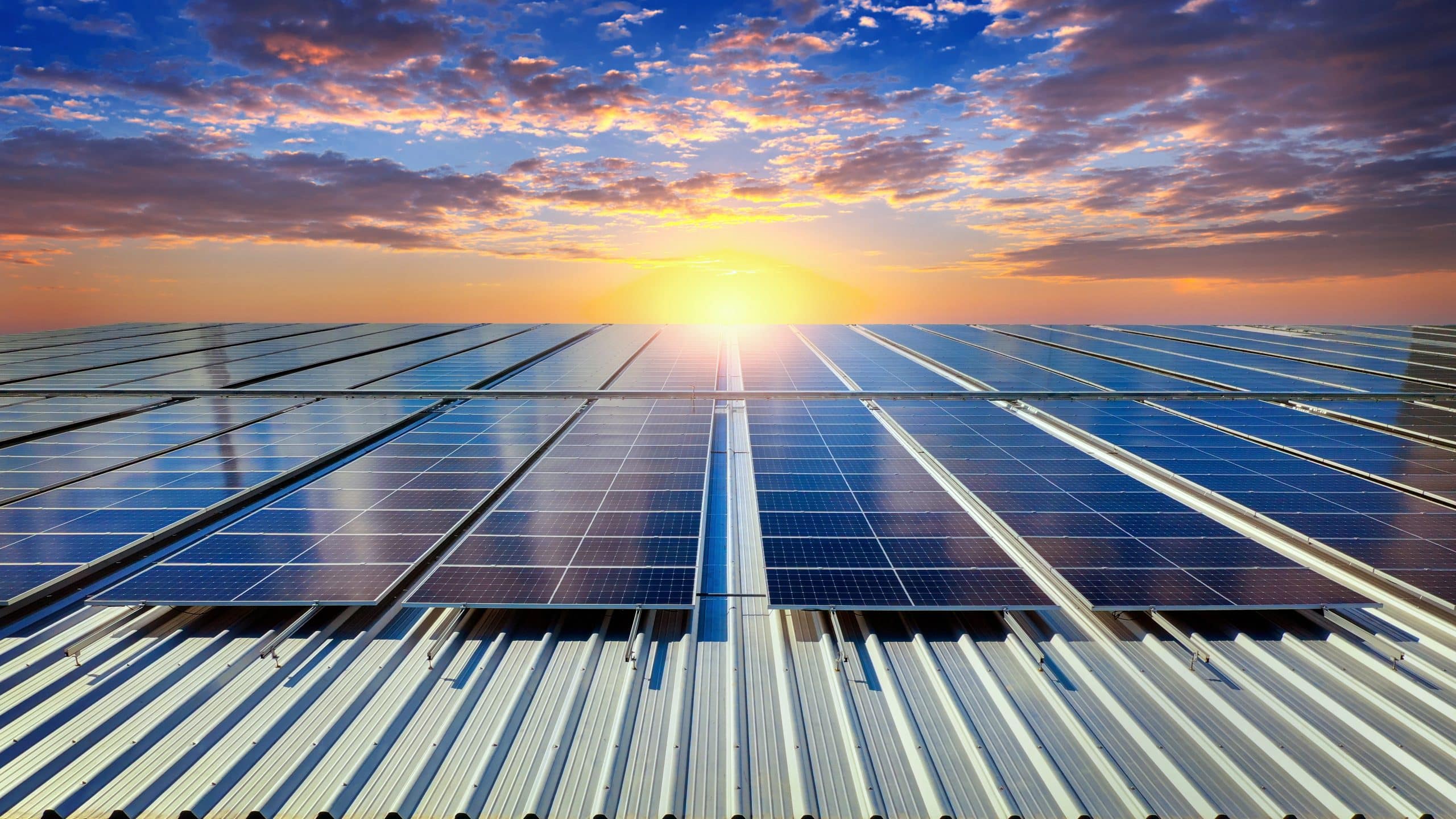Puerto Rico to Install Up to 3,000 Solar and Battery Systems on Low-Income Homes by Year-End: DOE

With the help of the U.S. Energy Department, Puerto Rico has completed installation of the first in a series of thousands of solar and battery systems on low-income residences across the island, according to a Sept. 9 press release from the department’s National Energy Technology Laboratory. By the end of 2024, the department estimates installing 3,000 systems in low-income Puerto Rican households. The initiative is part of the Puerto Rico Energy Resilience Fund, or PR-ERF, to support the island’s grid resilience efforts and clean energy goals.
The efforts to improve Puerto Rico’s grid resilience began in the aftermath of Hurricane Fiona in 2022. In December 2022, President Biden signed the 2023 Consolidated Appropriations Act, which allocated $1 billion for the PR-ERF to finance investments in renewable energy projects and energy infrastructure. The program officially commenced in February 2023. Ultimately, these investments will aid Puerto Rico in reaching its climate goal of attaining 100 percent renewable electricity by 2050.
In 2023, the department announced a $450 million funding opportunity for solar and battery system installation projects, resulting in the selection of 10 entities, which included projects from solar and battery system firms such as Generac and Sunnova.
In September 2023, the department announced its largest commitment to solar power by approving a $3 billion partial loan guarantee to Sunnova’s Project Hestia. This partial loan will finance numerous clean energy projects totaling 568 megawatts. Projects include rooftop solar, battery storage, and virtual power plant solutions. Project Hestia will finance clean energy systems for 75,000 to 115,000 households across the U.S. and Puerto Rico. Throughout its duration, the project aims to avoid 7.1 million tonnes of carbon dioxide emissions.
These community solar projects address multiple energy-based issues in low-income areas. Firstly, they improve grid resilience in regions facing regular power outages from natural disasters and other disruptions. The projects also provide uninterrupted electricity to individuals with disabilities, such as those using electric wheelchairs or medical devices.
With new projects, the department intends to broaden the PR-ERF with new funding streams. In July, $325 million towards the Programa de Comunidades Resilientes was announced to finance solar and battery system projects that improve the energy resilience of underserved and low-income communities. The program will expand its projects to healthcare facilities and subsidized accommodation housing multiple families.
EnerKnol Pulses like this one are powered by the EnerKnol Platform—the first comprehensive database for real-time energy policy tracking. Sign up for a free trial below for access to key regulatory data and deep industry insights across the energy spectrum.
ACCESS FREE TRIAL